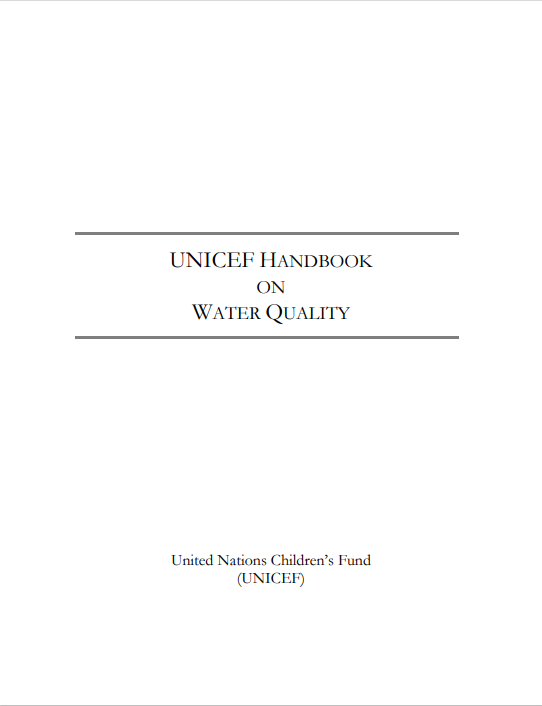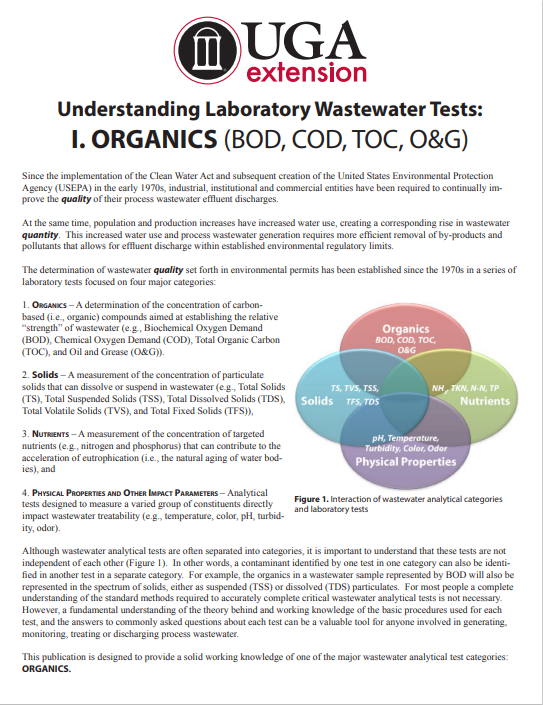Guidelines For Drinking-Water Quality Management For New Zealand Chapter 9: Cyanobacterial Compliance
Introduction
This chapter provides information on cyanobacteria and cyanotoxins because of the increasing number of supplies that encounter difficulties with these micro-organisms, and because many water suppliers may have little understanding of how to manage them. Although prepared primarily for use in relation to drinking-water supplies, the information should also be of use to those managing recreational waters.
The purpose of this chapter is to provide:
• general information on cyanobacteria, the factors that control bloom formation, and their toxins and health significance
• advice on how the risk they present to consumers can be evaluated
• discussion on meeting the cyanotoxin compliance requirements of the DWSNZ
Guidelines For Drinking-Water Quality Management For New Zealand Chapter 9: Cyanobacterial Compliance
Introduction
This chapter provides information on cyanobacteria and cyanotoxins because of the increasing number of supplies that encounter difficulties with these micro-organisms, and because many water suppliers may have little understanding of how to manage them. Although prepared primarily for use in relation to drinking-water supplies, the information should also be of use to those managing recreational waters.
The purpose of this chapter is to provide:
• general information on cyanobacteria, the factors that control bloom formation, and their toxins and health significance
• advice on how the risk they present to consumers can be evaluated
• discussion on meeting the cyanotoxin compliance requirements of the DWSNZ
Guidelines For Drinking-Water Quality Management For New Zealand Chapter 7: Virological Compliance
Introduction :
There are more than 140 different types of human enteric viruses that may contaminate potable source waters. These include several important groups: Hepatitis A virus, Hepatitis E virus, norovirus, enterovirus and adenovirus, that have been associated with waterborne illness and are capable of causing severe, and in some cases fatal, infections. Individual datasheets have been prepared for the more important viruses.
Viruses are obligate intracellular parasites, which means they cannot grow or multiply outside their host. Viruses simply consist of a nucleic acid genome (either ribonucleic acid [RNA] or deoxyribonucleic acid [DNA]) surrounded by a protein capsid and, in some cases, a lipoprotein envelope. These viruses are very small, ranging from 20–80 nm (0.02–0.08 micrometres) in diameter; see Figure 4.2 in Chapter 4 to gain a perspective of their size.
Guidelines For Drinking-Water Quality Management For New Zealand Chapter 7: Virological Compliance
Introduction :
There are more than 140 different types of human enteric viruses that may contaminate potable source waters. These include several important groups: Hepatitis A virus, Hepatitis E virus, norovirus, enterovirus and adenovirus, that have been associated with waterborne illness and are capable of causing severe, and in some cases fatal, infections. Individual datasheets have been prepared for the more important viruses.
Viruses are obligate intracellular parasites, which means they cannot grow or multiply outside their host. Viruses simply consist of a nucleic acid genome (either ribonucleic acid [RNA] or deoxyribonucleic acid [DNA]) surrounded by a protein capsid and, in some cases, a lipoprotein envelope. These viruses are very small, ranging from 20–80 nm (0.02–0.08 micrometres) in diameter; see Figure 4.2 in Chapter 4 to gain a perspective of their size.
Guidelines For Drinking-Water Quality Management For New Zealand Chapter 10: Chemical Compliance
Introduction :
This chapter discusses the current and potential risks of chemical contamination of drinking-water. Risks associated with or originating in the raw water are discussed in Chapter 3: Source Waters. This chapter explains the methods used to derive the Maximum Acceptable Values (MAVs) for chemical determinands of health significance and provides detailed information on how to apply the DWSNZ to these determinands.
Guidelines For Drinking-Water Quality Management For New Zealand Chapter 10: Chemical Compliance
Introduction :
This chapter discusses the current and potential risks of chemical contamination of drinking-water. Risks associated with or originating in the raw water are discussed in Chapter 3: Source Waters. This chapter explains the methods used to derive the Maximum Acceptable Values (MAVs) for chemical determinands of health significance and provides detailed information on how to apply the DWSNZ to these determinands.
Guidelines For Drinking-Water Quality Management For New Zealand Chapter 1: Introduction
Introduction
Purpose of the guidelines
A wide range of gastrointestinal diseases can be caused by ingestion of food or drink that is contaminated by pathogenic micro-organisms or by toxic chemicals. Control of these is an important feature of public health. This is done by regulating food safety, administered by the Ministry of Primary Industries and regulating safety of community drinking-water supplies, administered by the Ministry of Health.
The purpose of these Guidelines for Drinking-water Quality Management for New Zealand is to provide information on the tools used by the Ministry of Health to promote the provision, by suppliers, of drinking-water that is safe to drink. The development of these tools commenced in 1993. This introduction to the Guidelines puts the Ministry’s tools in their historical context.
Guidelines For Drinking-Water Quality Management For New Zealand Chapter 1: Introduction
Introduction
Purpose of the guidelines
A wide range of gastrointestinal diseases can be caused by ingestion of food or drink that is contaminated by pathogenic micro-organisms or by toxic chemicals. Control of these is an important feature of public health. This is done by regulating food safety, administered by the Ministry of Primary Industries and regulating safety of community drinking-water supplies, administered by the Ministry of Health.
The purpose of these Guidelines for Drinking-water Quality Management for New Zealand is to provide information on the tools used by the Ministry of Health to promote the provision, by suppliers, of drinking-water that is safe to drink. The development of these tools commenced in 1993. This introduction to the Guidelines puts the Ministry’s tools in their historical context.
Chemical Contaminants In Drinking Water: An Integrated Exposure Analysis
(ABSTRACT)
The objective of this research is to develop an integrated exposure model, which performs uncertainty analysis of exposure to the entire range of chemical contaminants in drinking water via inhalation, ingestion and dermal sorption. The study is focused on a residential environment. The various water devices considered are shower, bath, bathroom, kitchen faucet, washing machine and the dishwasher. All devices impact inhalation exposure, while showering, bathing and washing hands are considered in the analysis of dermal exposure.
Chemical Contaminants In Drinking Water: An Integrated Exposure Analysis
(ABSTRACT)
The objective of this research is to develop an integrated exposure model, which performs uncertainty analysis of exposure to the entire range of chemical contaminants in drinking water via inhalation, ingestion and dermal sorption. The study is focused on a residential environment. The various water devices considered are shower, bath, bathroom, kitchen faucet, washing machine and the dishwasher. All devices impact inhalation exposure, while showering, bathing and washing hands are considered in the analysis of dermal exposure.










